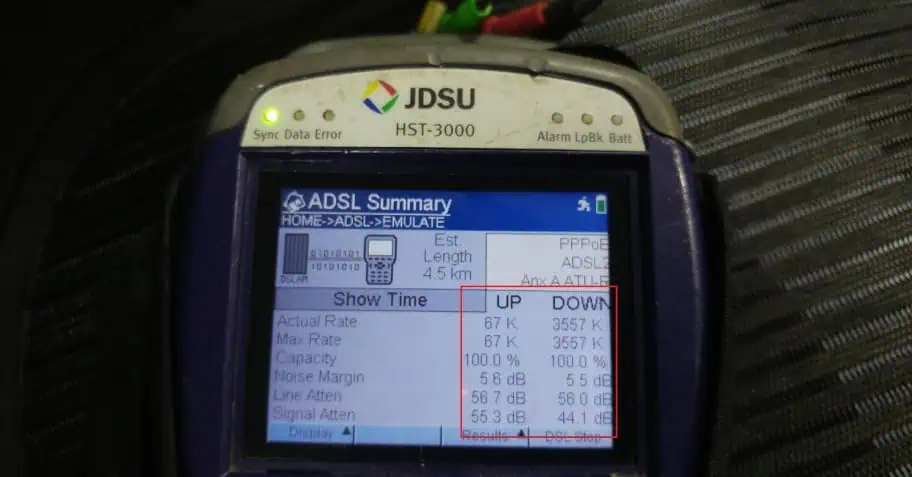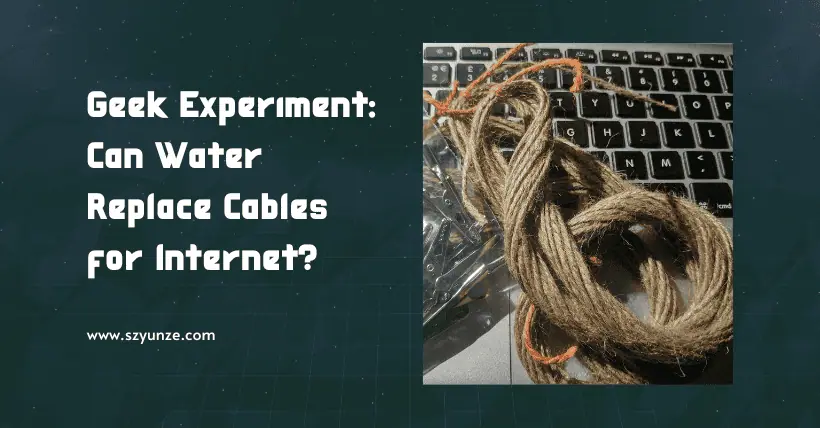As a meticulous tech and digital writer, most of the content I share tends to be dry and dull, likely only appealing to a few hardcore tech enthusiasts. Today, I’ll share a lighthearted, interesting experiment, though it still relates to the world of tech and digital.
We all know that telephone wires and ethernet cables can transmit data because they contain copper, a conductor that allows the transmission of electrical signals. Similarly, everyday water (not pure or distilled water) is also a conductor and can conduct electricity.
This raises an intriguing question: can water be used as a substitute for telephone wires to transmit data and enable devices to connect to the internet?
While this experiment has little practical value and many drawbacks, it does hold some educational and research value. The following is an experiment conducted by a tech enthusiast abroad.
In theory, this experiment should work. But does it hold up in practice? If water can indeed function as a telephone wire, what performance and transmission speeds can be achieved?
The overseas geek’s testing method was simple: they took a 2-meter-long hemp rope, soaked it in salt water (to enhance conductivity), and connected one end to the home telephone line, and the other end to the ADSL modem’s input line. They then checked if the computer connected to this modem could access the internet.
The test results were positive. The terminal device successfully accessed the internet, and the downstream speed was not slow, reaching 3.5 Mb/s. However, the upstream speed was very slow, at only 67 Kb, as shown in the image.

Unfortunately, the geek did not disclose their normal internet speed or how much performance was lost by using a wet hemp rope instead of a traditional cable, which is crucial information.
This experiment demonstrates that a hemp rope soaked in saltwater can indeed replace a network cable for transmitting data and enabling device connectivity. However, during use, the rope should not be touched by hands or any other objects, and once the rope dries, it cannot enable internet access anymore.
Additional note: While this experiment is simple and does not require any special equipment, it carries some risks. Ordinary tech enthusiasts should not attempt to replicate it.
PS: This happened around 7 years ago.

Disclaimer: This article is created by the original author. The content of the article represents their personal opinions. Our reposting is for sharing and discussion purposes only and does not imply our endorsement or agreement. If you have any objections, please contact us through the provided channels.



